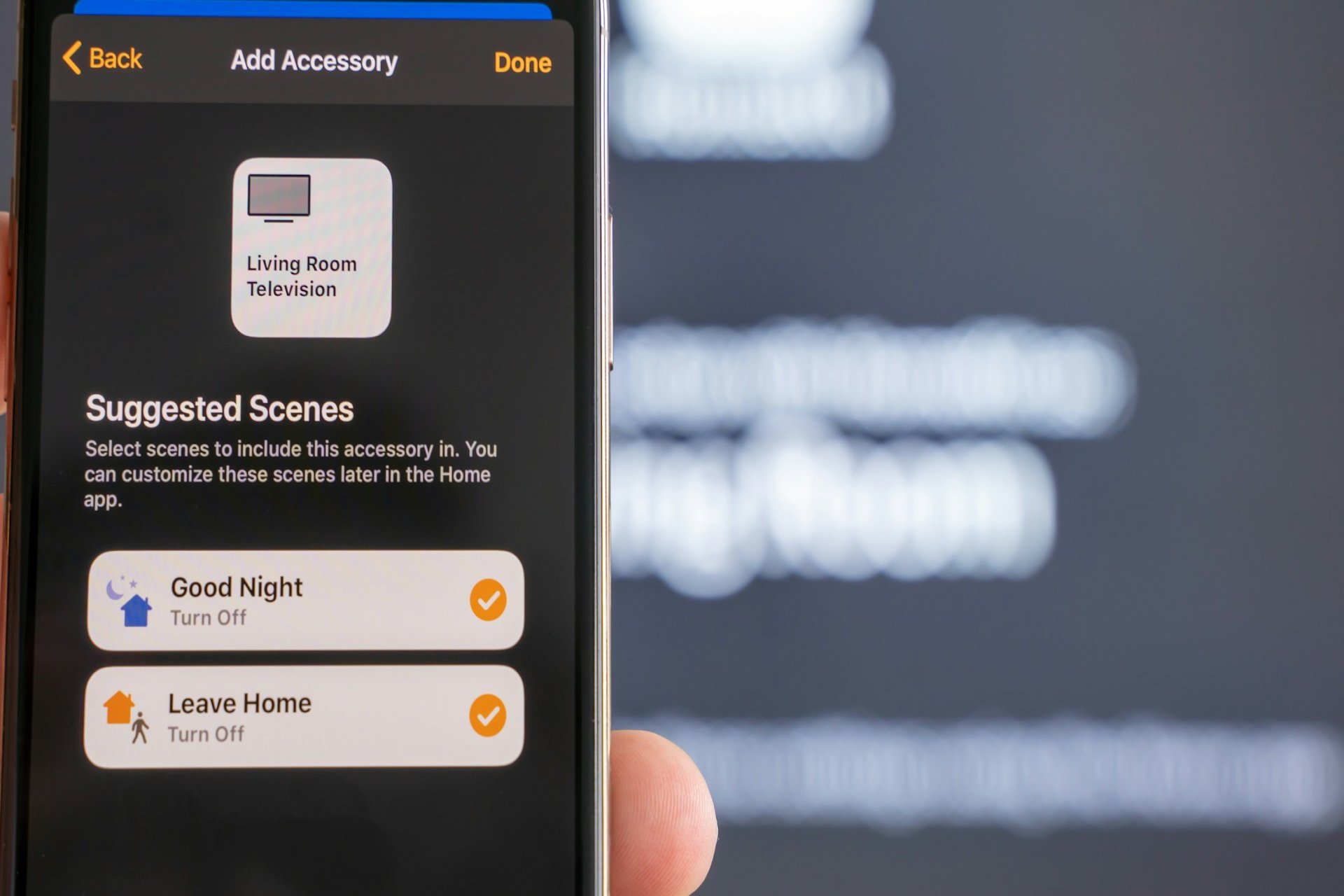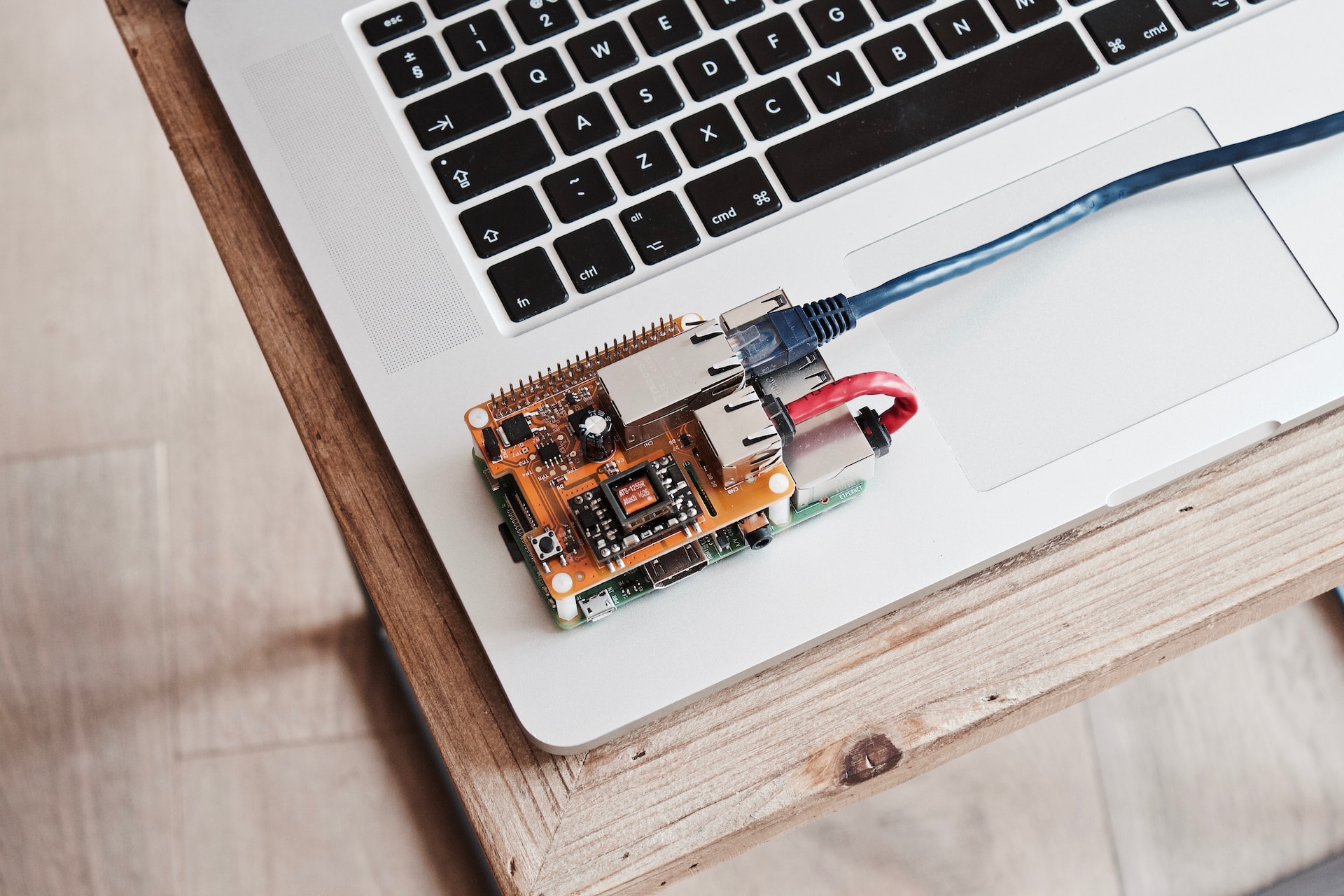
What are the Advantages of 5G Networks?
April 15, 2021 - Emily Newton
Revolutionized is reader-supported. When you buy through links on our site, we may earn an affiliate commision. Learn more here.
The next generation of telecommunications network technology — 5G — is being slowly rolled out across the U.S. and much of the world. 5G speed is significantly faster than its predecessor, 4G, and comes with a variety of features meant to help us adapt to a changing tech and telecommunications landscape.
The arrival of 5G technology has generated serious buzz. Yet it’s not always clear what specific benefits the tech will offer to individual consumers and businesses. These are the key advantages of 5G networks — and how they’re likely to have a major impact as 5G connections become more widely available over the next few years.
5G Speed Will Shave Hours Off Download Times
One of the most significant benefits of the new network is that 5G is much faster than 4G. Maximum theoretical speeds for 5G top out at around 10 gigabits per second. 4G can only provide speeds of up to 100 megabits per second, making 5G around 100 times faster than its predecessor.
In practical terms, this allows the transfer of large files between a device and the cloud to be much faster. For example, according to a study from HighSpeedInternet, downloading a film over 5G may take just six seconds, compared to seven minutes over 4G. According to the same study, 5G could save users as much as 24 hours in download wait times per month.
In practice, you’re not likely to see speeds that are 100 times faster. Right now, 70 megabits per second is the average 5G speed, depending on network. This is around twice as fast as the average 4G speed. However, consumers upgrading to the network will likely see noticable increases in connection speed, and faster downloads as a result.
Massive MIMO and the Internet of Things
For consumers, the biggest draw of 5G will likely be those improved speeds. However, faster connections isn’t the only thing that 5G offers.
Another major change is the range of new technologies that 5G incorporates to provide stronger, more reliable connections of many devices to the same tower.
For example, 5G uses Massive MIMO (multiple input/multiple output) technology. This uses a combination of antennae expansion — adding more antennas to the same tower — and algorithmic connection management to make the cell network better at handling vast numbers of connections to the same tower.
The “massive” number of antennas on a tower with Massive MIMO also helps to provide better data throughput and improved connectivity for individual devices.
Massive MIMO relies on a handful of developments in signal processing technology to work. This includes beamforming, beam steering, beam switching, spatial diversity and spatial multiplexing.
Beamforming, beam steering and beam switching are three related technologies that help create more directed signal beams. By changing the number and function of radiating elements in an antenna, it’s possible to focus and steer a signal beam. This helps extend the reach of a cell tower while reducing signal loss.
If you’ve shopped for a WiFi router recently, you may be familiar with these terms — a growing number of manufacturers are developing beamforming WiFi routers that use the same technology in roughly the same way.
How 5G Speed May Be Essential for Industry 4.0 and New Smart Tech
These technologies provide benefits to two major groups of customers. The first are individual consumers who live in densely-populated or busy areas, or who have “smart homes” with a large number of IoT devices.
If they need to connect one or more of their devices to a 5G tower, they have a better chance at getting a stable connection because of his tech that helps facilitate a massive number of simultaneous connections to the same tower.
This tech is also extremely helpful for large businesses that have adopted industrial internet of things (IIoT) devices. Factories, farms, warehouses and other industrial facilities often use dozens or hundreds of IIoT sensors to track data on site processes and manage processes like maintenance.
Each of these sensors needs to be connected to the internet. While it’s sometimes possible to use a wired connection or on-site WiFi, it’s often much more practical to rely on local cell networks, instead. Because 5G makes it easier for a large number of devices to connect without reducing connection strength, the tech can make Industry 4.0 applications of IoT much more workable.
Solving the Latency Issue
This same tech also helps 5G cut down on latency — or the time it takes for data to travel from a device to the internet.
4G networks have an average latency of around 50 milliseconds — meaning that every time a device communicates with the cloud using a 4G connection, it will take 0.05 seconds to get there. With 5G, those times can get as low as 1 millisecond — 50 times faster than 4G.
While 50 milliseconds may seem quick already, the reduction in network latency is actually one of 5G’s key advantages. This is because of the growing amount of technology that relies on near-real time communication with the cloud.
Take, for example, self-driving cars. These cars use AI-powered technology called machine vision to “see” what’s around them — breaking down data from on-board cameras into discrete objects, like road markings, other cars and obstacles.
Modern machine vision algorithms are extremely effective, but need a lot of processing power to work — more power than you’ll get out of the computer hardware that comes with a self-driving car. Instead of handling machine-vision with on-board hardware, the car communicates with the internet, offloading some or all of the processing work to the cloud.
The higher the latency of the car’s internet connection, the longer the vehicle has to wait for visual data to be processed in the cloud. In practice, this can cause serious problems — with the car’s understanding of what is in front of it lagging behind reality. Having the lowest latency possible makes technology like self-driving cars much more practical and reduces the risk of accidents due to data processing delays.
Industrial Benefits of Reduced Latency
In an industrial context, lower latency makes factory management tech much more effective. For example, many facilities are already using IIoT devices to implement a maintenance strategy called predictive maintenance. With this approach, managers can use a combination of IoT sensors to capture real-time data on how a machine is operating. For example, he or she can gather info on machine timing, vibration, temperature and even the sounds that machine produces.
When these inputs fall out of a safe range — a machine vibrates unusually, falls out of timing, or gets too hot — the system either alerts a supervisor or takes action, shutting down the machine to prevent damage or malfunction.
These systems work better the closer they can get to real-time processing. This helps to ensure that all collected data is processed in a timely fashion, and that there is as little delay as possible between the system determining that something is off and the system taking action.
Why 5G Adoption May Start Slow
There are some drawbacks and limitations to 5G, however. To start, most existing devices won’t be able to connect to the 5G network. Qualcomm, the leading manufacturer of consumer cellular modems in the U.S., only recently released a 5G modem. Without the existence of this modem, manufacturers couldn’t create smartphones and other devices capable of connecting to or taking advantage of the 5G network.
Similarly, IIoT modems that are 5G-capable have only recently become available, and it may not be practical to upgrade an entire fleet of IIoT devices with new modems, or replace that fleet with 5G-ready devices.
The arrival of 5G modems onto the market is good news for consumers and businesses. However,compatibility issue means that the average consumer will need an entirely new phone to take advantage of the 5G network. Because 5G coverage remains limited, even in major urban areas — and especially in the country — this may be a hard sell. While manufacturers work quickly to develop and launch 5G-ready phones, it’ll take awhile before they’re widely available at affordable prices.
However, for those who live in an area with access to 5G speed, a device upgrade could allow them access to the ultra-fast network. This can potentially make the investment worth it, especially if they use their device for bandwidth-intensive tasks — like 4K streaming or large file transfers.
What 5G Networks Will Offer Consumers
The rollout of 5G will continue, providing individual consumers and businesses with access to the most advanced telecommunications network available.
Use of 5G will enable much faster connection speeds and better connectivity — helping to make streaming, IoT devices and tech like self-driving cars more practical.
Revolutionized is reader-supported. When you buy through links on our site, we may earn an affiliate commision. Learn more here.
Author
Emily Newton
Emily Newton is a technology and industrial journalist and the Editor in Chief of Revolutionized. She manages the sites publishing schedule, SEO optimization and content strategy. Emily enjoys writing and researching articles about how technology is changing every industry. When she isn't working, Emily enjoys playing video games or curling up with a good book.




